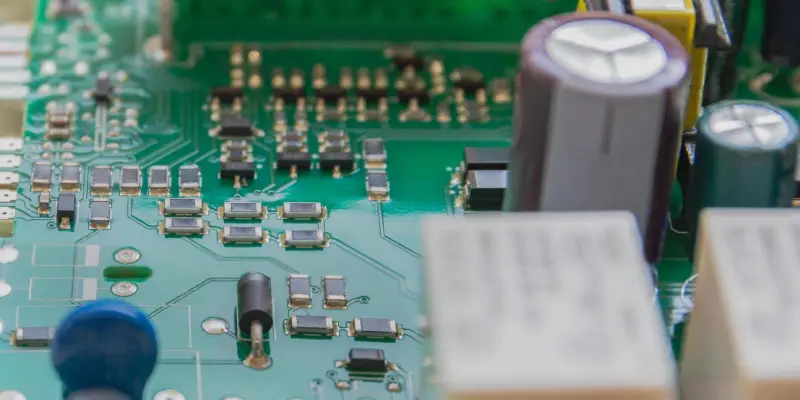As the AI technology landscape continues to evolve, Chinese tech giants are making strategic moves to harness domestic prowess to decrease reliance on foreign technologies. Huawei has taken a bold step in this direction by introducing its CloudMatrix 384 AI clusters to the Chinese market, positioning itself as a formidable competitor to NVIDIA’s established presence. This new development is set to alter the dynamics of the AI server market within China and potentially beyond its borders. The CloudMatrix 384 boasts cutting-edge features, such as 384 Ascend 910C chips configured in an “all-to-all topology,” providing double the performance capacity of NVIDIA’s GB200 NVL72 by delivering an impressive 300 PetaFLOPS of BF16 computing. With the delivery already in progress to China’s leading technology companies, this marks not just an aggressive market entry but a challenge to NVIDIA’s longstanding dominance in the region.
Shifting Dynamics in the AI Server Market
Huawei’s introduction of the CloudMatrix 384 AI cluster presents significant implications, particularly concerning energy consumption and cost. While it offers twice the computational power of NVIDIA’s equivalent, Huawei’s server consumes 3.9 times more energy, leading to greater operational expenses for users. With a price tag of approximately $8 million, CloudMatrix 384 costs three times more than NVIDIA’s server. This may hint at Huawei’s strategic focus on technological strength and domestic production over cost-effectiveness. This reflects China’s growing ambition to replace Western tech with homegrown solutions, underscoring its drive for technological self-reliance. Though specific companies using CloudMatrix 384 remain unnamed, its adoption by major Chinese tech firms highlights Huawei’s rising influence and hints at potential shifts in global AI technology dynamics. This development showcases China’s commitment to independently advancing its technological capabilities, challenging foreign tech giants, and encouraging other nations to pursue increased self-reliance in technology.

